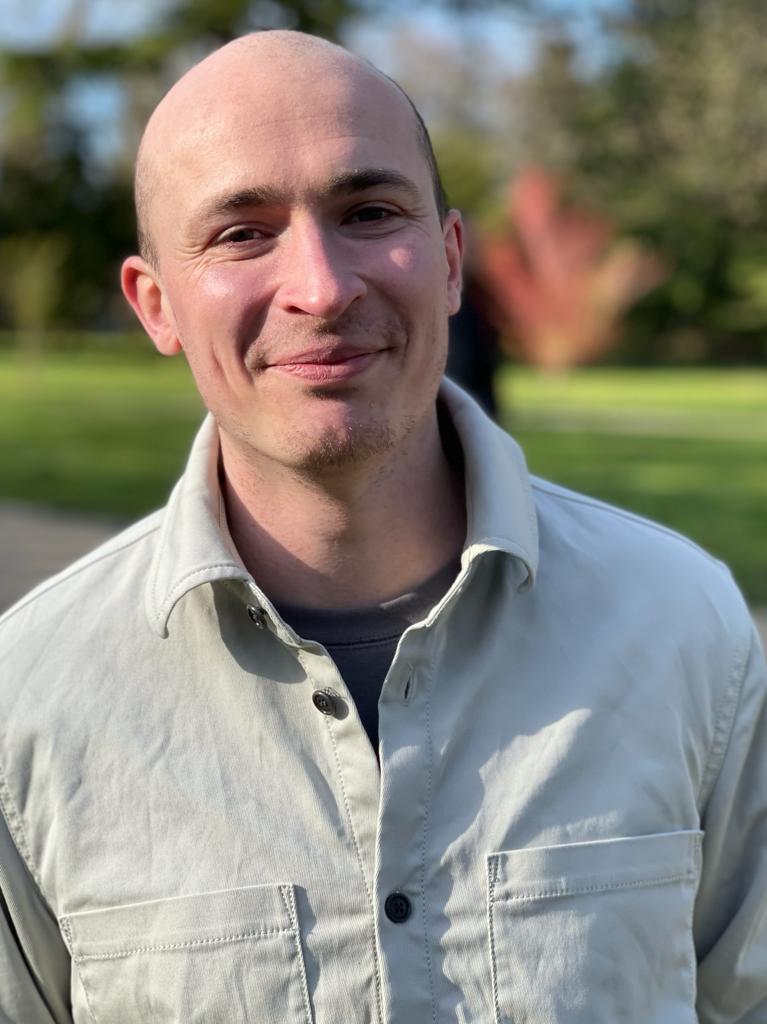The paradox of probability
Probability is a quantification of uncertainty. We use probability words in our everyday discourse: impossible, very unlikely, 50:50, likely, 95% certain, almost certain, certain. This suggests a shared understanding of what probability is, and yet it has proved very hard to operationalise probability in a way that is widely accepted.
Uncertainty is subjective
Uncertainty is a property of the mind, and varies between people, according to their learning and experiences, way of thinking, disposition, and mood. Were we being scrupulous we would always say “my probability” or “your probability” but never “the probability”. When we use “the”, it is sometimes justified by convention, in situations of symmetry: tossing a coin, rolling a dice, drawing cards from a pack, balls from a lottery machine. This convention is wrong, but useful — were we to inspect a coin, a dice, a pack of cards, or a lottery machine, we would discover asymmetry.
Agreement about symmetry is an example of a wider phenomenon, namely consensus. If well-informed people agree on a probability, then we might say “the probability”. Probabilities in public discourse are often of this form, for example the IPCC’s “extremely likely” (at least 95% certain) that human activities are the main cause of global warming since the 1950s. Stated probabilities can never be defended as ‘objective’, because they are not. They are defensible when they represent a consensus of well-informed people. People wanting to disparage this type of stated probability will attack the notion of consensus amongst well-informed people, often by setting absurdly high standards for what we mean by ‘consensus’, closer to ‘unanimity’.
Abstraction in mathematics
Probability is a very good example of the development of abstraction in mathematics. Early writers on probability in the 17th century based their calculations strongly on their intuition. By the 19th century mathematicians were discovering that intuition was not good guide to the further development of their subject. Into the 20th century mathematics was increasingly defined by mathematicians as ‘the manipulation of symbols according to rules’, which is the modern definition. What was surprising and gratifying is that mathematical abstraction continued (and continues) to be useful in reasoning about the world. This is known as “the unreasonable effectiveness of mathematics”.
The abstract theory of probability was finally defined by the great 20th century mathematician Andrey Kolmogorov, in 1933: the recency of this date showing how difficult this was. Kolmogorov’s definition paid no heed at all to what ‘probability’ meant; only the rules for how probabilities behaved were important. Stripped to their essentials, these rules are:
1. If A is a proposition, then Pr(A) >= 0.
2. If A is certainly true, then Pr(A) = 1.
3. If A and B are mutually exclusive (i.e. they cannot both be true), then Pr(A or B) = Pr(A) + Pr(B).
The formal definition is based on advanced mathematical concepts that you might learn in the final year of a maths degree at a top university.
‘Probability theory’ is the study of functions ‘Pr’ which have the three properties listed above. Probability theorists are under no obligations to provide a meaning for ‘Pr’. This obligation falls in particular to applied statisticians (also physicists, computer scientists, and philosophers), who would like to use probability to make useful statements about the world.
Probability and betting
There are several interpretations of probability. Out of these, one interpretation has emerged to be both subjective and generic: probability is your fair price for a bet. If A is a proposition, then Pr(A) is the amount you would pay, in £, for a bet which pays £0 if A turns out to be false, and £1 if A turns out to be true. Under this interpretation rules 1 and 2 are implied by the reasonable preference for not losing money. Rule 3 is also implied by the same preference, although the proof is arcane, compared to simple betting. The overall theorem is called the Dutch Book Theorem: if probabilities are your fair prices for bets, then your bookmaker cannot make you a sure loser if and only if your probabilities obey the three rules.
This interpretation is at once liberating and threatening. It is liberating because it avoids the difficulties of other interpretations, and emphasises what we know to be true, that uncertainty is a property of the mind, and varies from person to person. It is threatening because it does not seem very scientific — betting being rather trivial — and because it does not conform to the way that scientists often use probabilities, although it does conform quite closely to the vernacular use of probabilities. Many scientists will deny that their probability is their fair price for a bet, although they will be hard-pressed to explain what it is, if not.
 Blog post by Prof. Jonathan Rougier, Professor of Statistical Science.
Blog post by Prof. Jonathan Rougier, Professor of Statistical Science.
First blog in series here.
Second blog in series here.
Third blog in series here.











